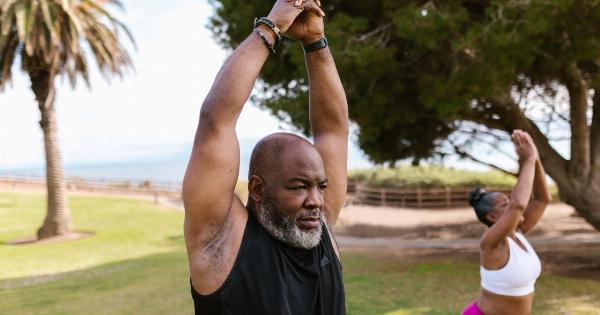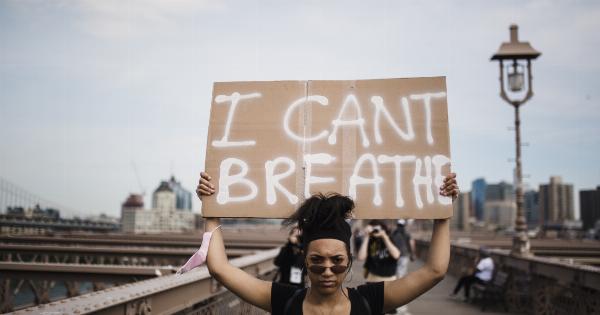Teenage suicide rates have been a major concern in society, and one area that has been heavily implicated in this issue is the media.
In today’s digital age, where teenagers are constantly exposed to various forms of media, it becomes imperative to critically review the impact it has on teenage suicide rates. This article aims to examine the relationship between the media and teenage suicide rates, exploring both the positive and negative effects.
The Influence of Social Media
Social media platforms have become an integral part of teenagers’ lives. The constant exposure to curated lifestyles, cyberbullying, and certain content glamorizing suicide have raised concerns about their impact on mental health.
Studies have shown a correlation between social media usage and increased rates of anxiety, depression, and suicidal ideation among teenagers.
The Role of Traditional Media
Although social media has gained significant attention, traditional media such as television, movies, and music also play a pivotal role in shaping teenagers’ perceptions and behaviors.
Graphic portrayals of suicide, romanticized depictions, and lack of responsible storytelling can contribute to suicide contagion, a phenomenon where exposure to suicidal behavior can inspire imitation.
Positive Effects of Media
While the media’s impact on teenage suicide rates is often scrutinized for its negative aspects, it is essential to acknowledge the potential positive effects as well.
Media campaigns and awareness programs can increase suicide prevention education and promote help-seeking behaviors among vulnerable teenagers. Additionally, the media can provide a platform for personal stories and experiences that raise awareness and reduce stigma around mental health issues.
Media Literacy and Empowerment
One way to mitigate the negative impact of media is by promoting media literacy among teenagers.
By teaching critical thinking skills and encouraging active engagement with media content, teenagers can develop the ability to recognize problematic narratives and make informed choices about what they consume. Empowering teenagers to question and challenge harmful media messages can help reduce their susceptibility to negative influences.
Regulatory Measures and Responsibility
The responsibility to combat the negative impact of media on teenage suicide rates also lies with media organizations and content creators.
Implementing stricter regulations on the depiction of suicide, particularly in fictional content, can alleviate the risk of suicide contagion. Content creators should prioritize responsible storytelling, accurately portraying mental health issues, and providing appropriate resources during and after potentially triggering content.
The Need for Research and Intervention
Further research is necessary to fully comprehend the complexities of the media’s impact on teenage suicide rates. Longitudinal studies examining the causal relationship between media exposure and suicidal behavior can provide valuable insights.
Increased funding for mental health intervention programs, both online and offline, is also crucial to support teenagers who may be vulnerable to the negative effects of media.
Protecting Teenagers in the Digital Age
To protect teenagers from the harmful effects of media, it is crucial for parents, educators, and healthcare professionals to be involved.
Open discussions about media influence, mental health, and coping strategies can provide teenagers with a better understanding of the consequences of excessive media exposure. Encouraging healthy media habits and promoting alternative activities can help reduce the negative impact of media on teenagers’ mental well-being.
Conclusion
The media undoubtedly has a significant impact on teenage suicide rates, both positive and negative.
While there is evidence linking media exposure to increased suicidal ideation, there are also opportunities to educate, raise awareness, and promote mental health through responsible media practices. Striking a balance between freedom of expression and protecting vulnerable individuals is crucial in ensuring the media becomes a force for positive change in reducing teenage suicide rates.






























